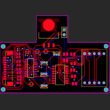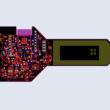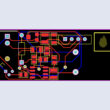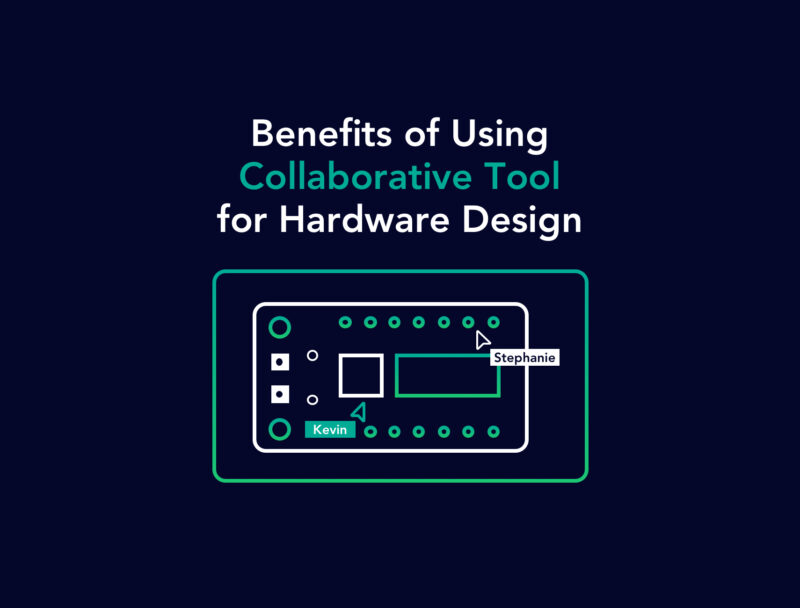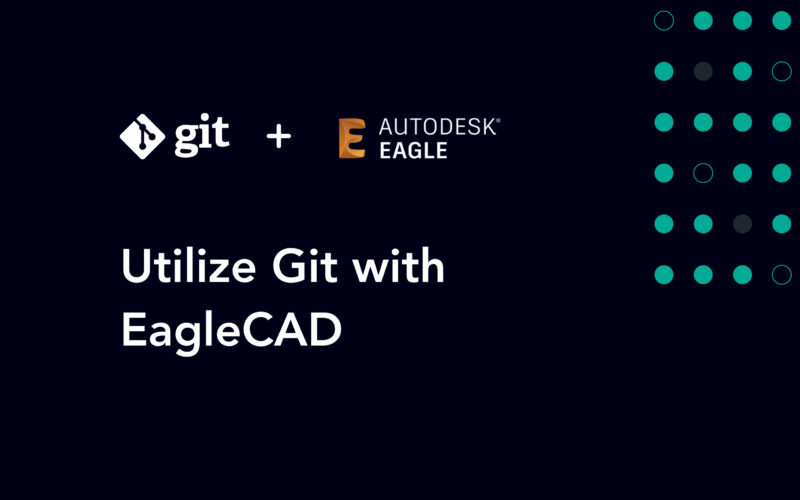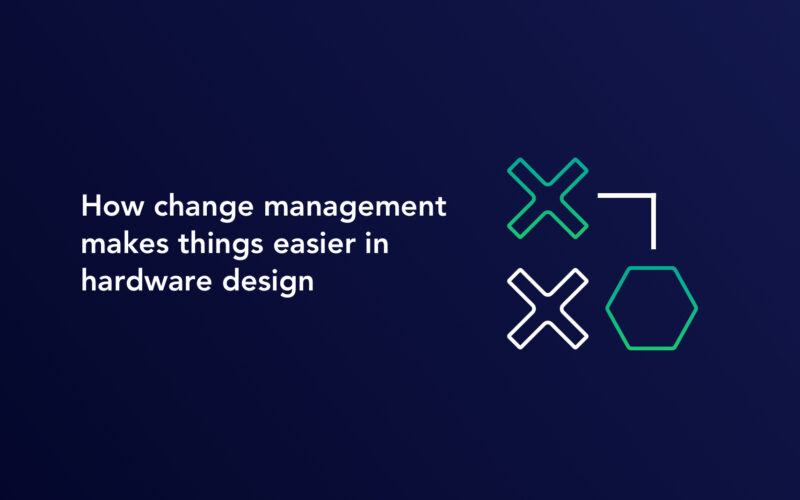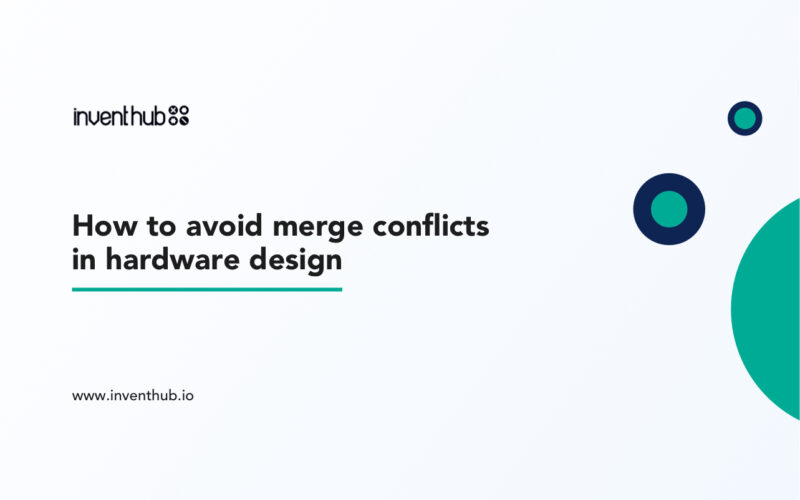Over the years, the hardware industry has evolved immensely, with its challenges growing accordingly. In today’s world, hardware is not developed in one place by one person and then sent off for production. Now, both the design and production processes are multi-stakeholder collaboration, with changes expected at any stage. In addition, the nature of the workplace has also changed, with people collaborating with each other from different places.
Hence, it is no longer feasible to stick with the conventional way of working in the industry. There are a number of collaborative tools in the market, but virtually none of them cover all the bases of hardware design. Hence, companies resort to using a variety of different tools, with teams having to take time out for non-essential tasks on these platforms. As per the Harvard Business Review, team leaders spend up to 85% of their time on communicative tasks – collaborative tool, emails, meetings, and phone calls. This is an increase of 50% in ten years and has led to a top-heavy workforce with more managers than actual workers. There is a dire need for a single multi-stakeholder collaborative platform tailored for the hardware industry. This will reap numerous benefits for all stakeholders, and also integrate the sector into the digital age more efficiently.
1. Increased productivity
One of the main benefits of having a single collaborative tool is the increase in productivity. Instead of having to log in various aspects of their attendance and tasks on different platforms, designers will just have one tool to work with. This will greatly reduce the extra time required for non-essential tasks.
2. Simplified data management
A major issue with remote work teams is that people find themselves exchanging emails, calls, and drive accesses to share the data they need with each other. This is quite inefficient, and can easily lead to human error. It makes files hard to track down, and getting everyone on the same page turns into a tedious chore.

3. Real-time collaboration
A common issue with hardware design teams is that it is hard to communicate any changes that need to be made. A good collaborative tool ensures that this problem is tackled effectively, with changes recorded in real-time, and the appropriate members notified.
Therefore, rolling out any design changes becomes a streamlined process, with everyone in the loop and able to push forward or approve these changes.
4. Better differencing management
When it comes to collaborating on designing products as complex as electronics, smaller changes can get lost in the complexity if there is no proper way to make these differences known. It does not make sense to have to send each other screenshots with tiny details.
Visual diffing is one of the features offered in these tools, and highlights these changes in a visible way, with different colours denoting each type of change. In addition, the tool allows users to toggle between layers as well, allowing them to peruse even the minutest of details in a thorough manner.

5. Version and revision control
One of the best benefits of a good collaborative tool for all stakeholders is proper version and revision control. Revision control means that the relevant designers can see and access the files they need to make any changes, while clients can just view the relevant files without tinkering with them and creating issues.
Similarly, version control allows designers to view every iteration of the product, and revert any changes, if needed.
These are just a few of the major benefits of having a single multi-stakeholder collaborative platform for the hardware industry. Once these tools are in use, teams will find their productivity going up, and their workflow becoming much more streamlined and efficient.


